Today’s main site was the Poda BSPB Reserve, just south of Burgas and an hour’s drive away. On our handful of previous visits to the site we’d seen a good variety of birds and other wildlife, and occasionally a good photographic opportunity.
We arrived at 7:30am, an hour and a half before the 9:00am opening time. Before opening we wanted to explore a bit the area of land to the east of the reserve. It didn’t turn up much, but we saw a Brown Hare, and the first and last Long-eared Owl of the trip was nice to see. I spotted it completely by chance in a heavily shaded wooded area, too dark for more than just this record shot:

We also heard a Scops Owl in this area, and recorded the day’s first Cetti’s Warbler, Reed Warbler, Golden Oriole and Nightingale. Once in to the reserve we began to record more of the expected bird species. Most we would record at various points throughout the day, so I’ll include the final counts here: 25+ Black-winged Stilt, 10+ Glossy Ibis, 5+ Spoonbill, 4 Night Heron, 4 Purple Heron, 3 Squacco Heron and 4 Dalmation Pelicans. Waterfowl included 3 Gadwall, 25+ Pochard, and lots of Mallards and Shelducks. There were at least 2 Marsh Harrier and a Kestrel hunting over the marshes throughout the day, and overhead we had a Lesser Spotted Eagle, and plenty of hirundines including Red-rumped Swallows and 10+ Sand Martin. We also recorded 5+ Great Reed Warbler, some Spanish Sparrow, a flyover calling Penduline Tit, and a group of 3+ Bearded Tit. Photography proved quite challenging on the day, mostly consisting of flight shots against the bright sky.
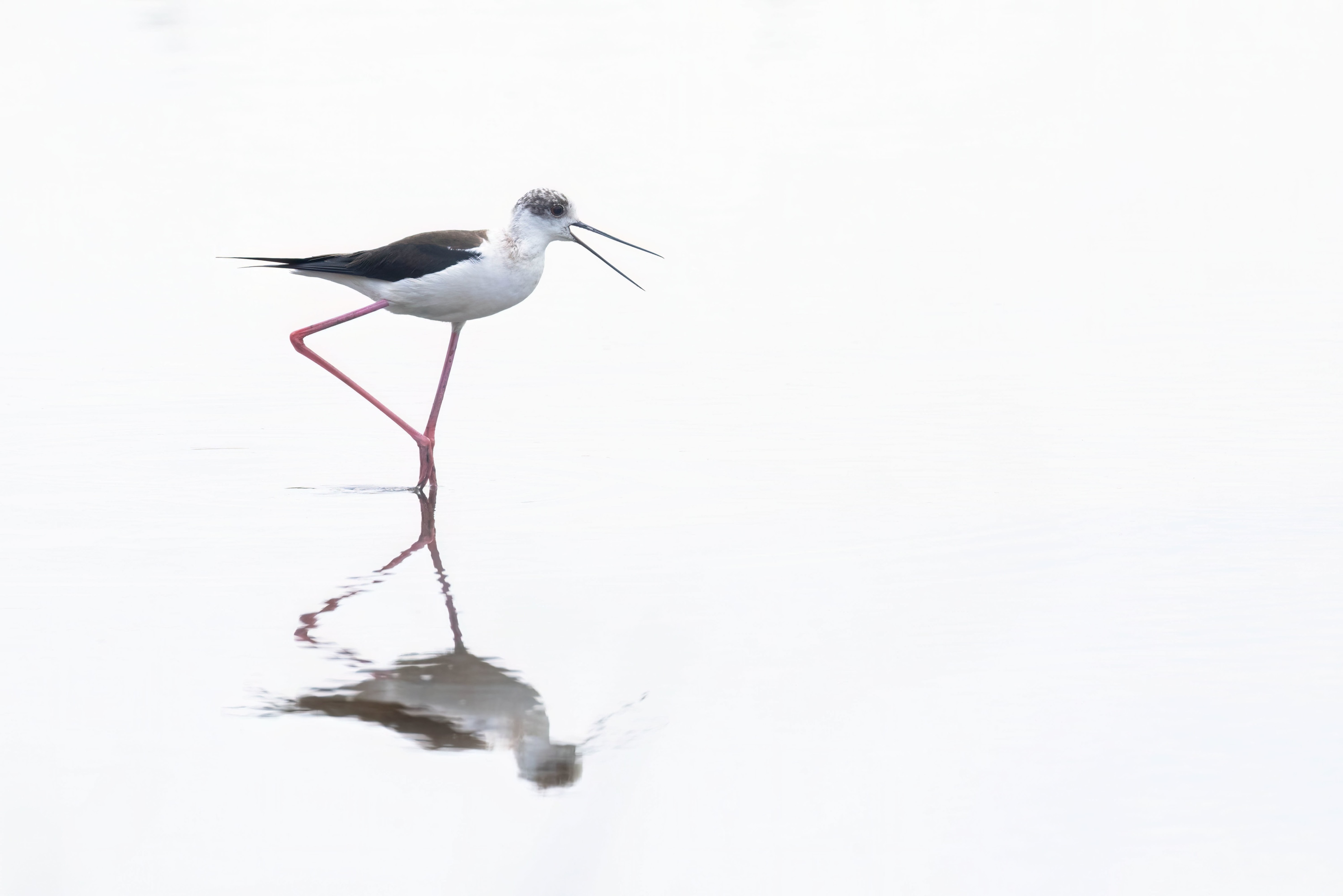
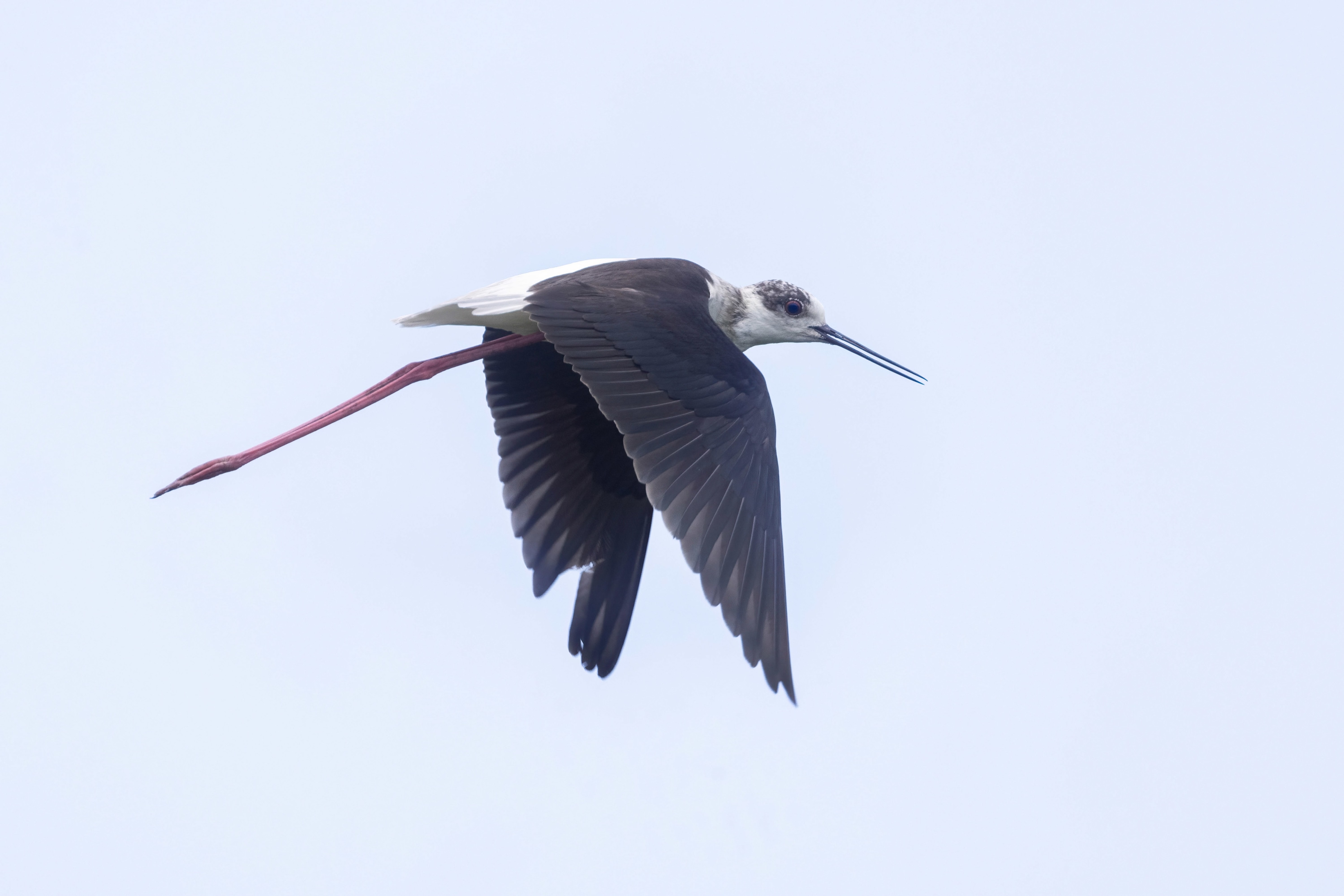
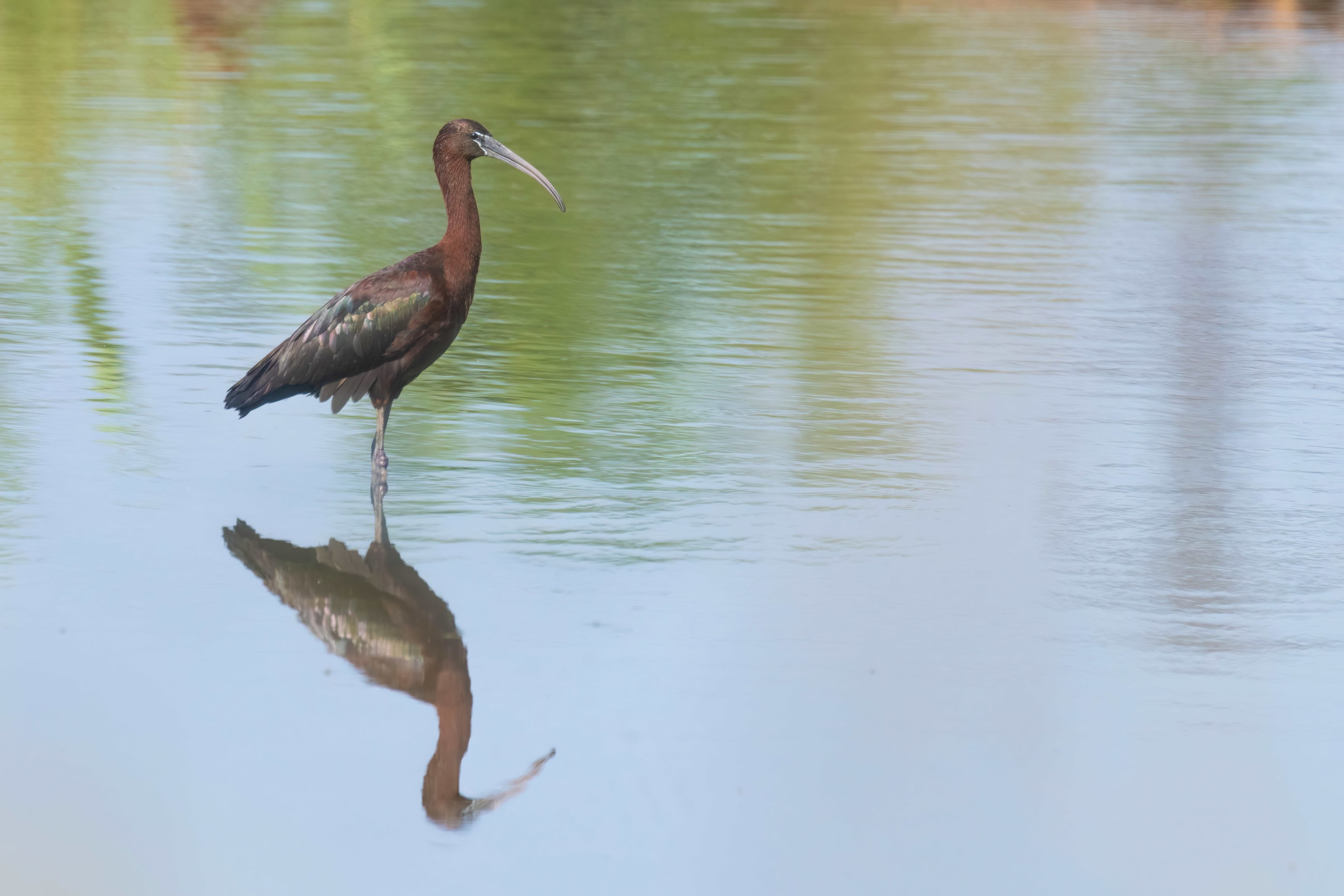

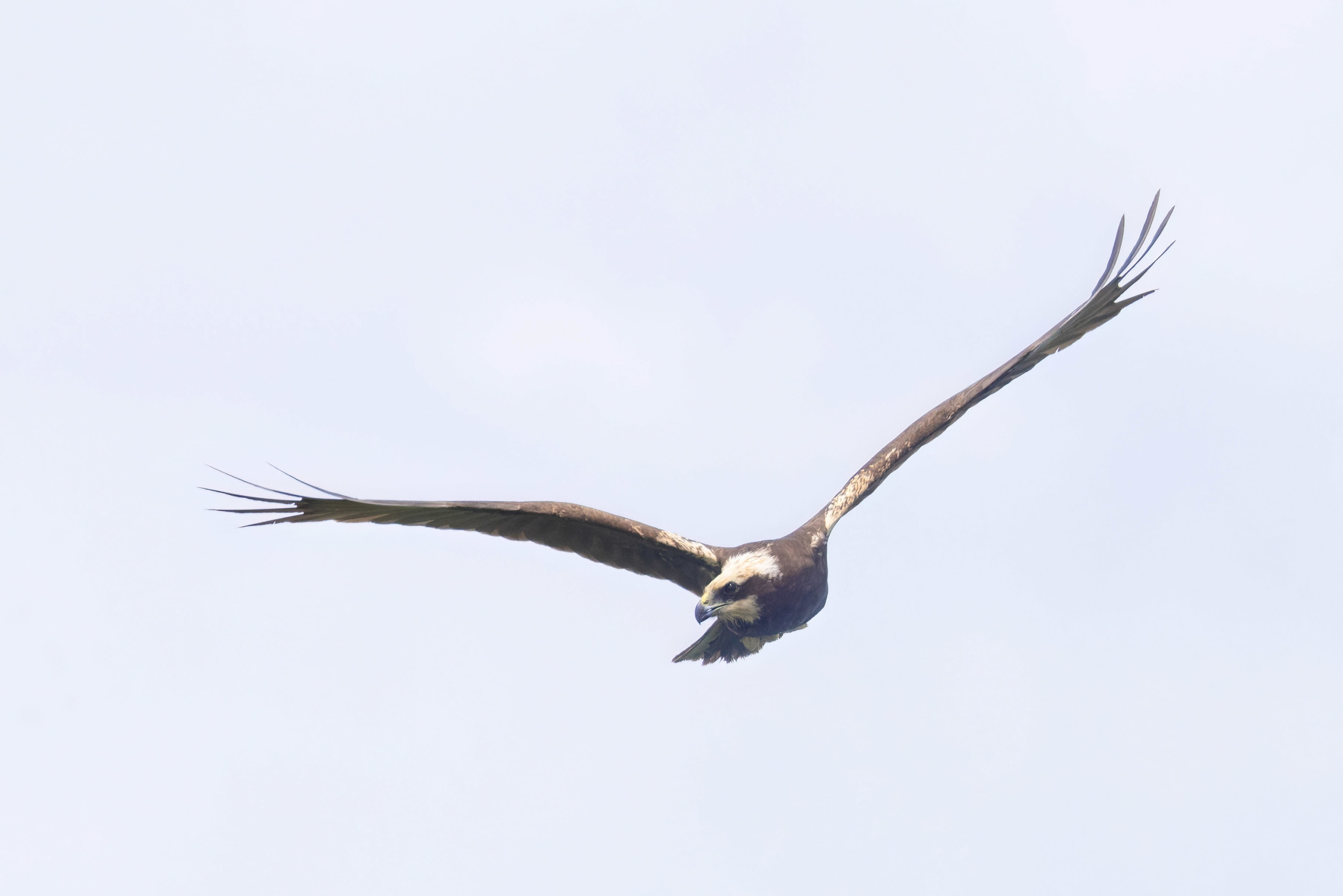
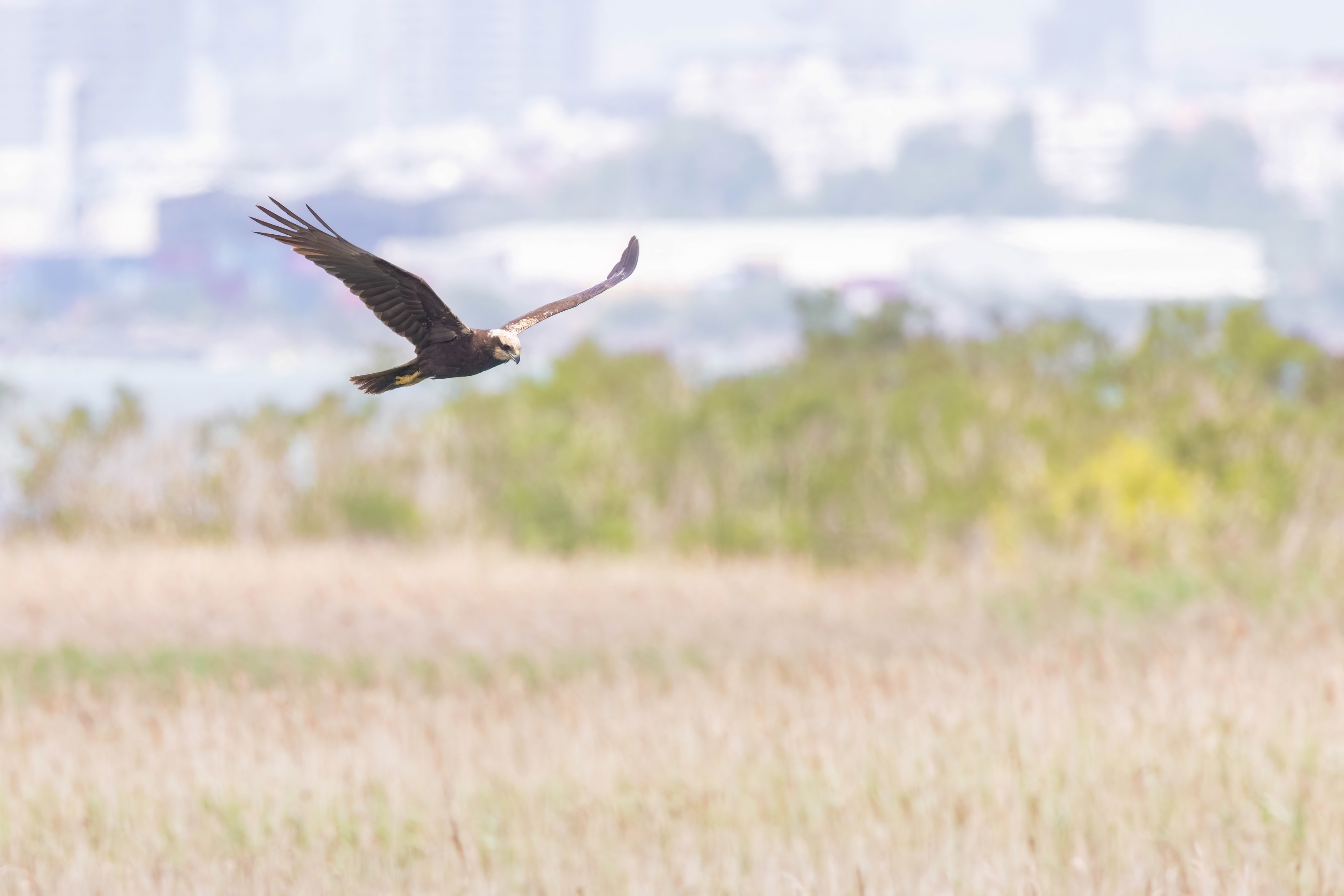

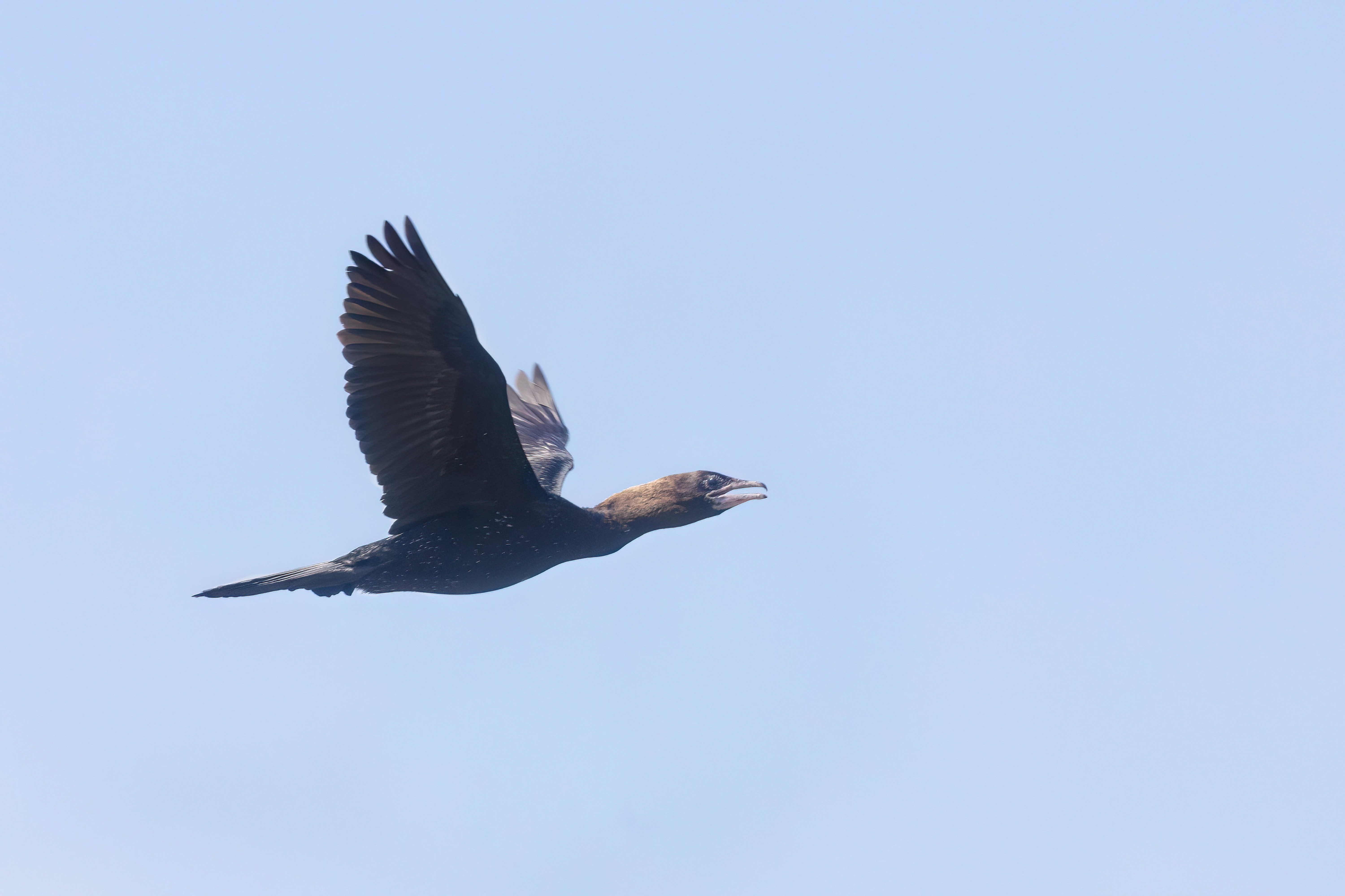
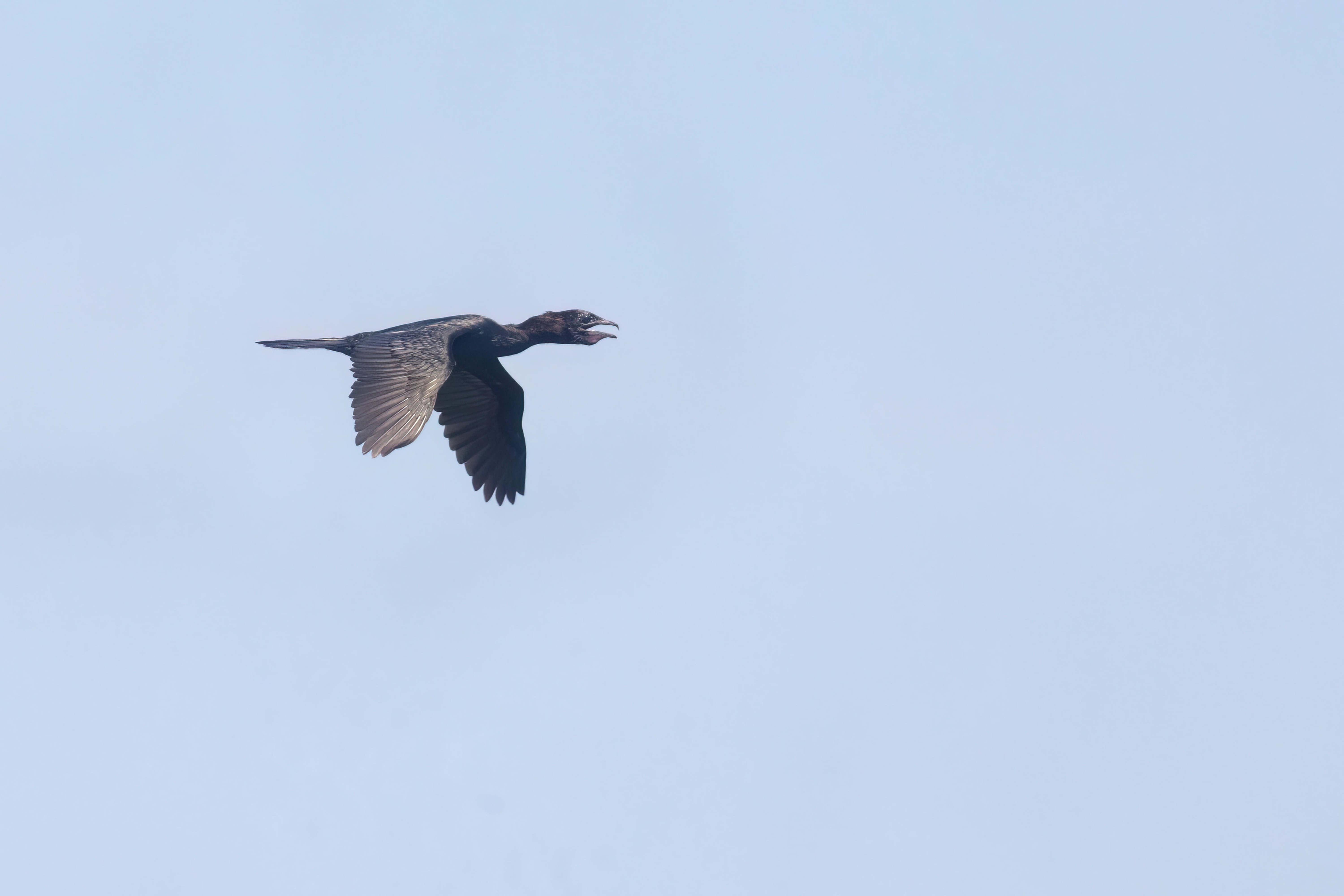
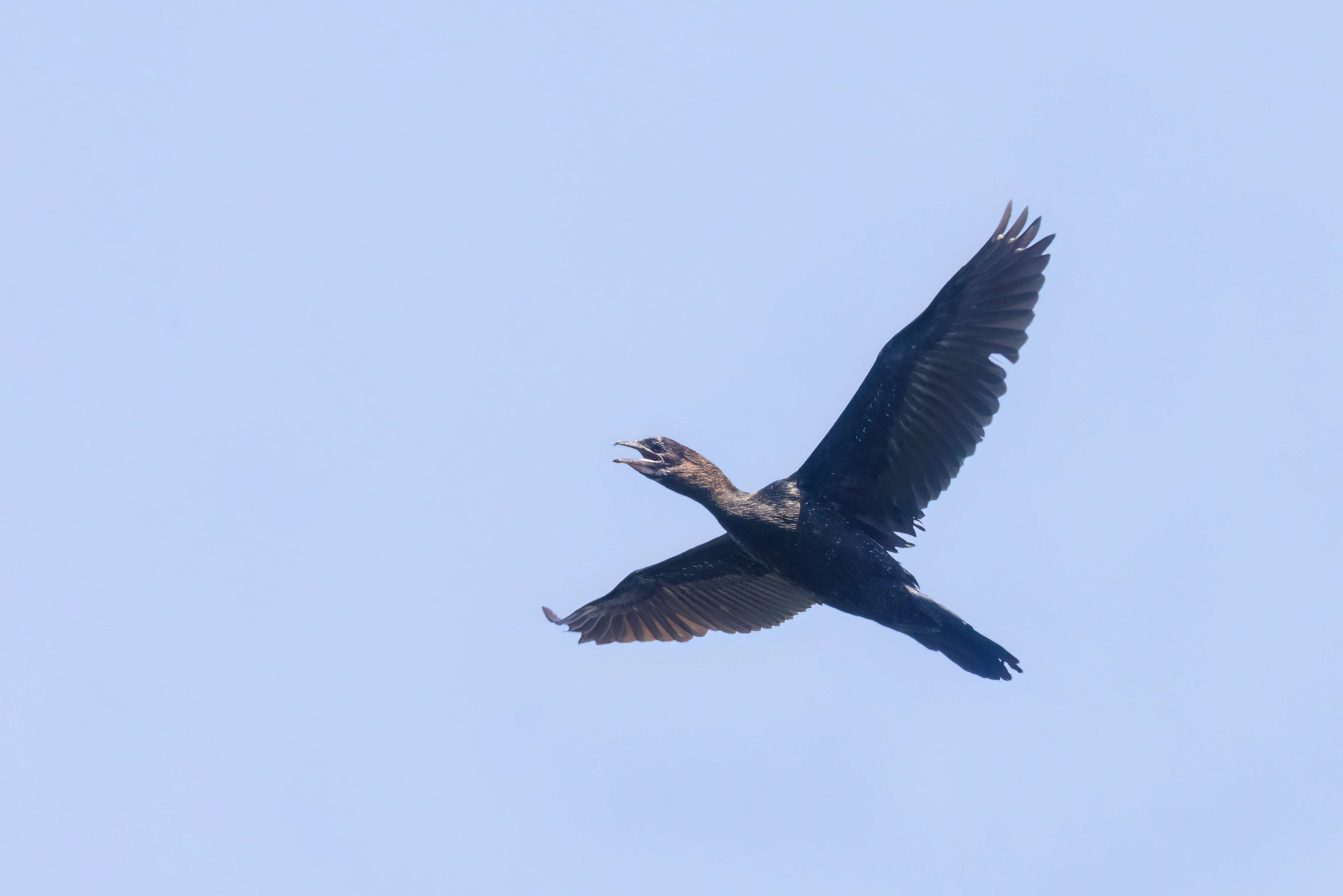
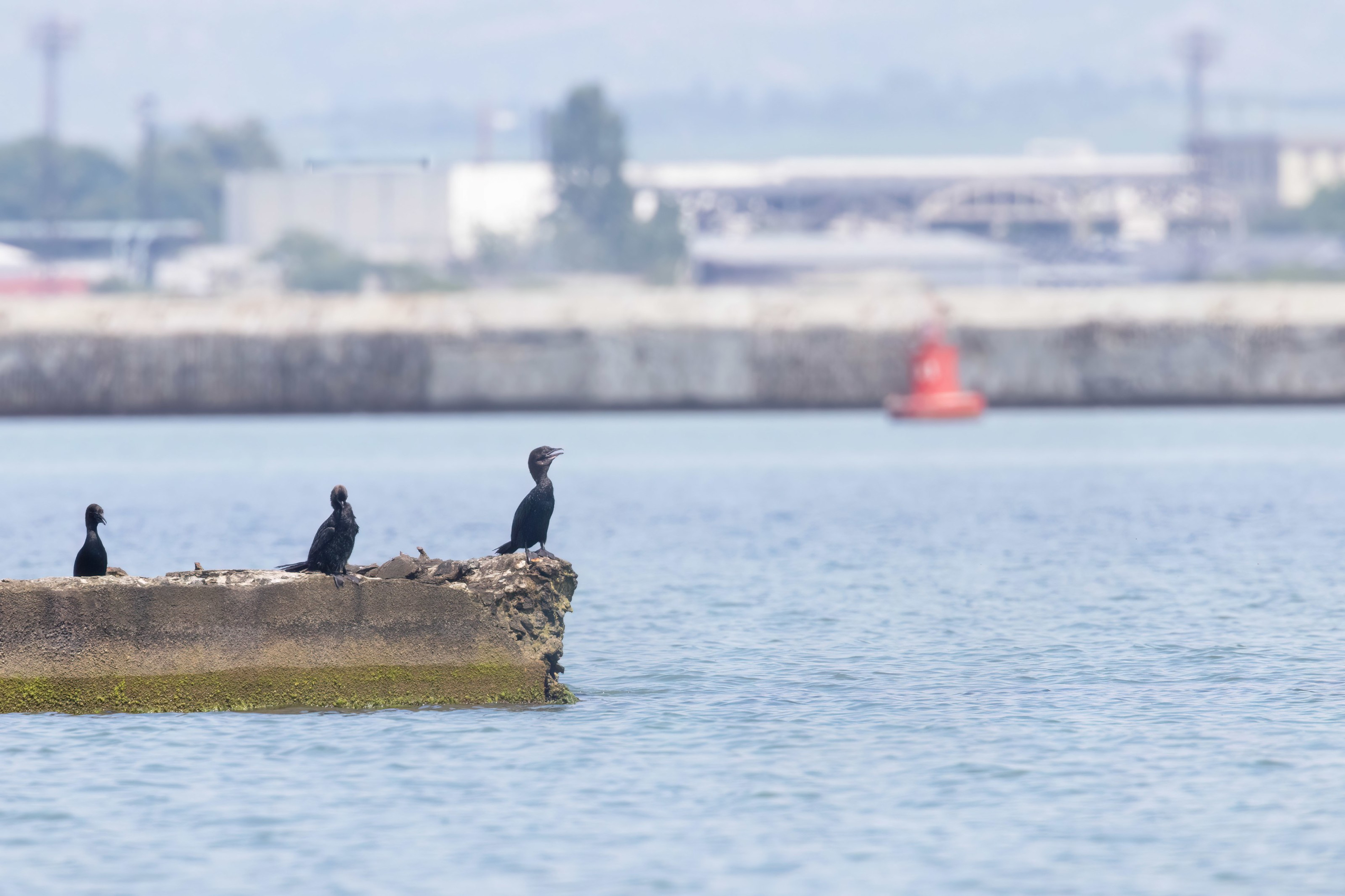
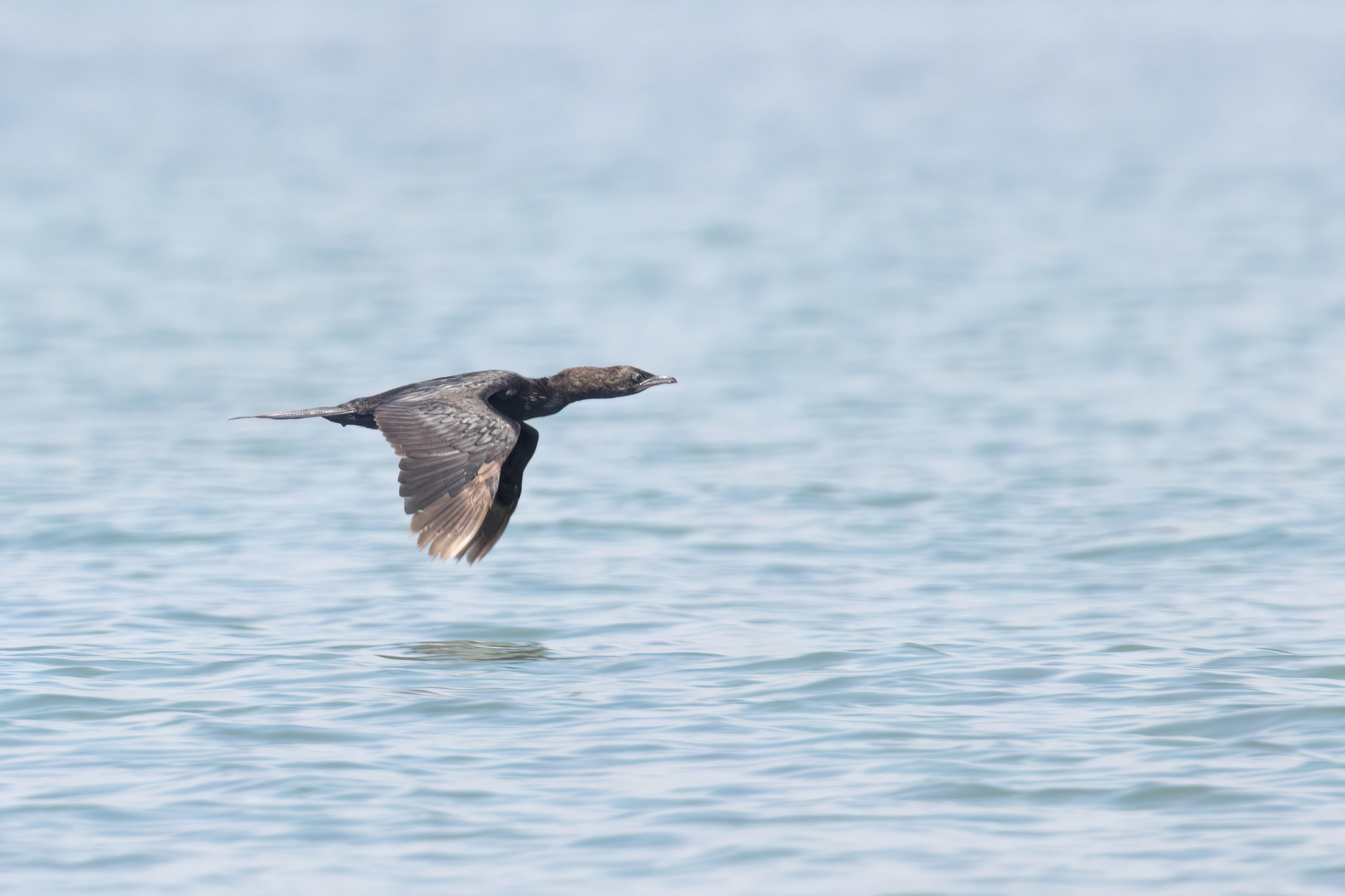
We were a little too late in the year for much in the way of waders, but we did see 4 Little Ringed Plover and some Oystercatcher along the stretch of beach, and what was one of the two highlights of the day: 25+ Collared Pratincoles, seemingly now breeding in an area at the site. We’d only seen them on one previous visit, and that was just a couple of high flyovers, so seeing this many came as quite a surprise. On our first pass of this spot I just took a few flight shots, before moving on, but then on the way back, later in the day, we spotted a few on the deck. I decided to crawl through some mud into a position where obscured by reeds, I hoped eventually some pratincoles would wander out within photo range. I’m quite pleased with some of the resulting photos — my best to date of this species. More photos will appear in a later post.
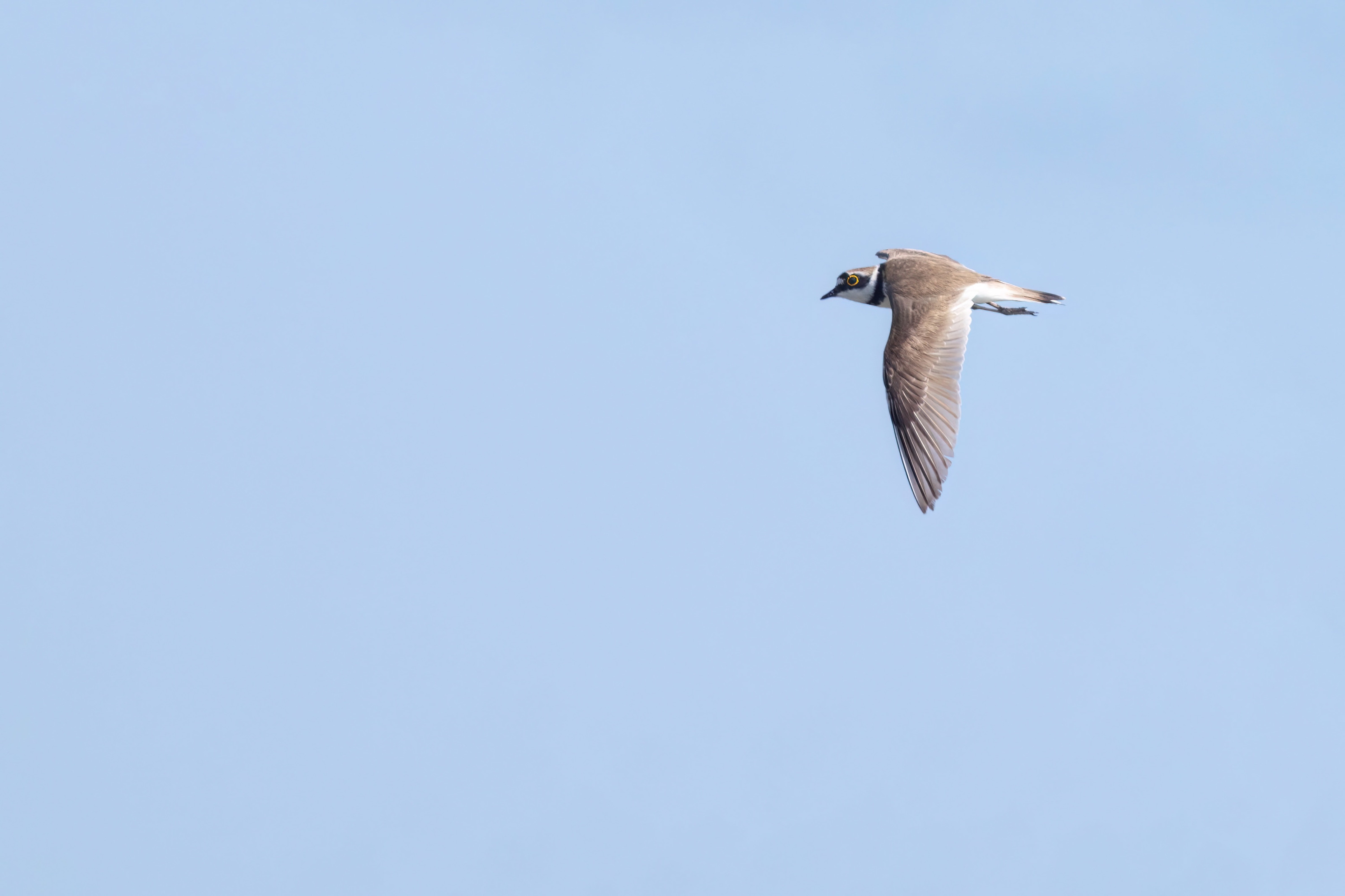
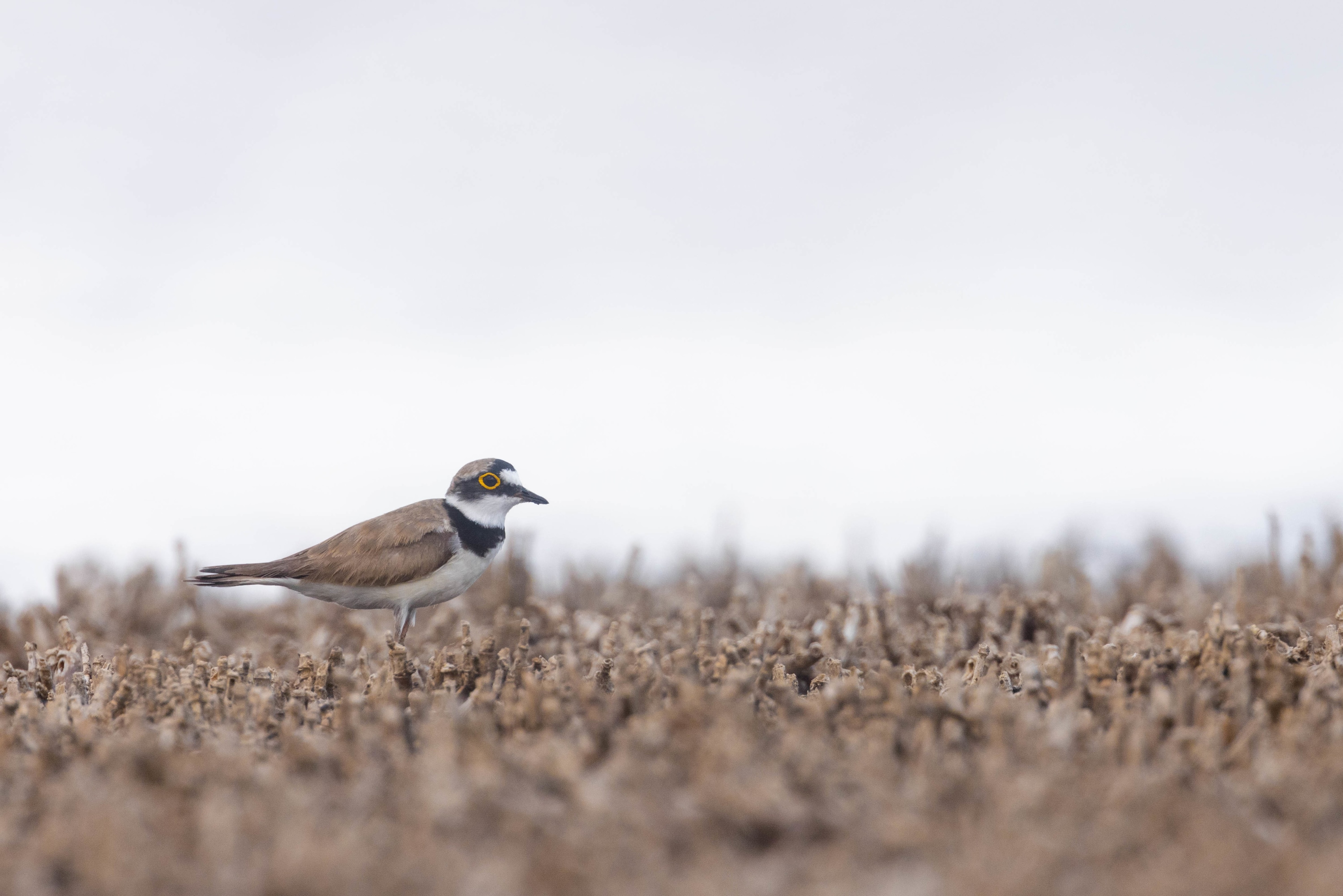
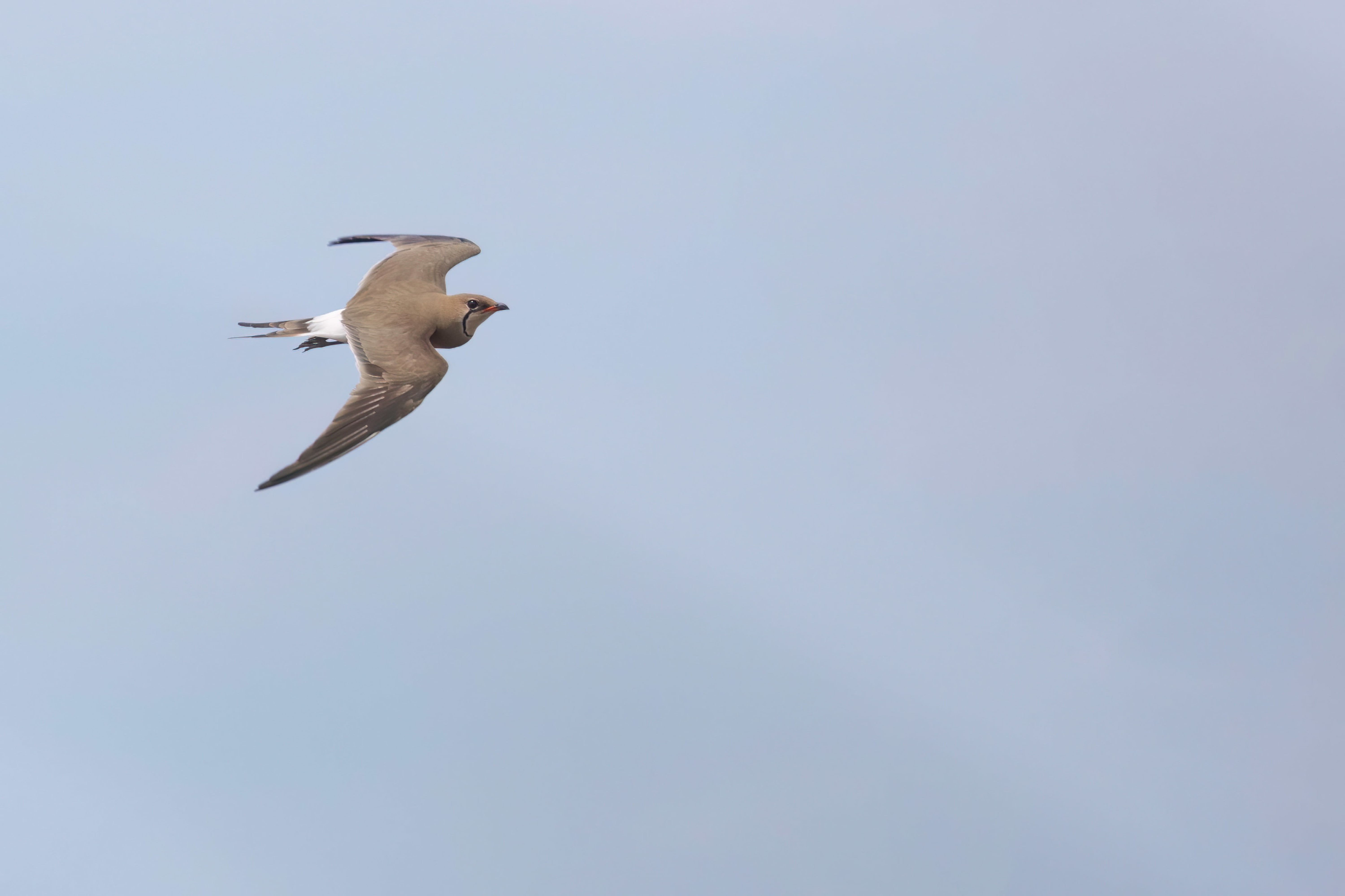
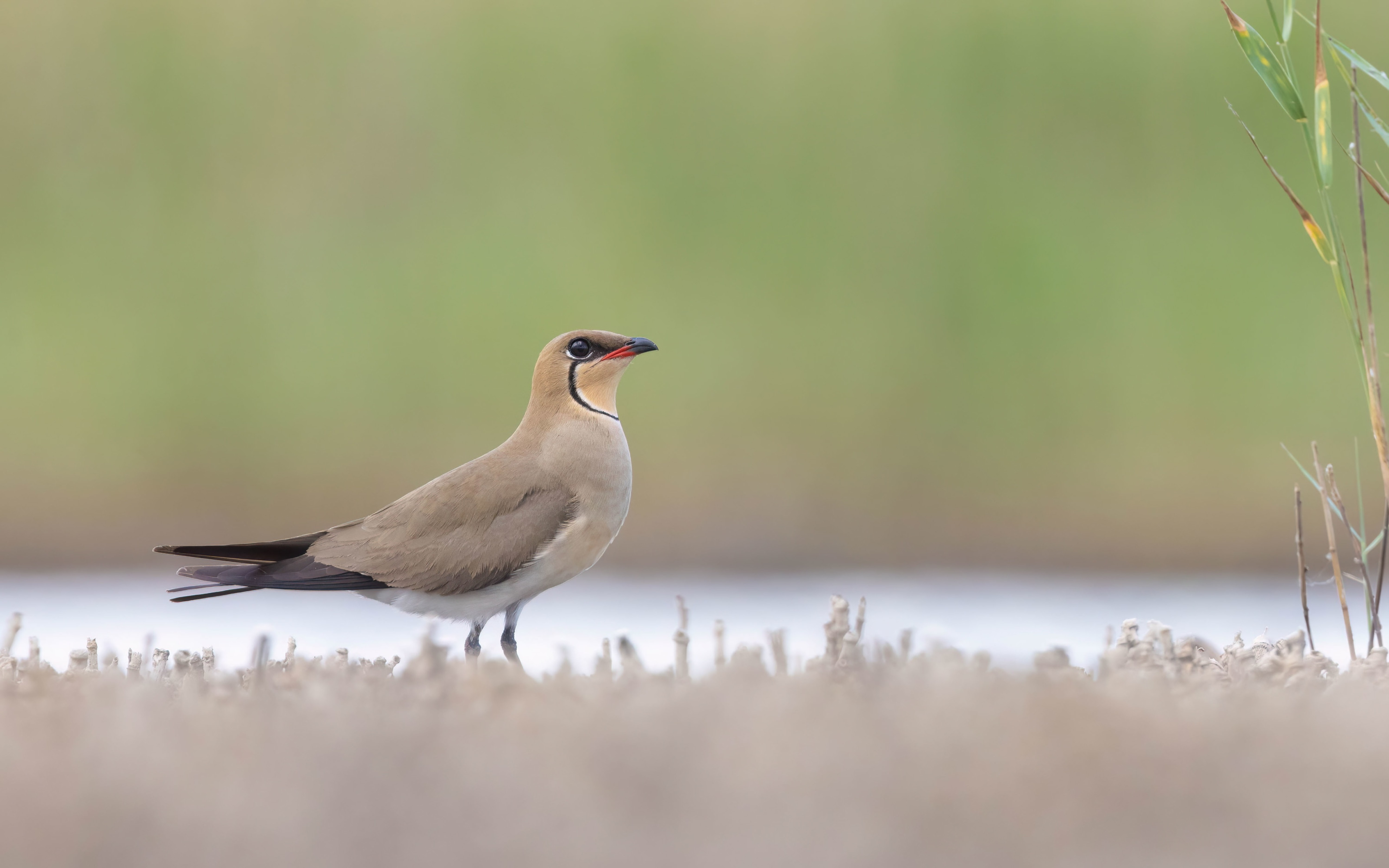
While photographing these I had another surprise — a completely new species for me and one I’d not expected to see this late in the year: a Citrine Wagtail. It hopped around for just a few second in the area with the pratincoles. Just enough time for me to get a record shot.
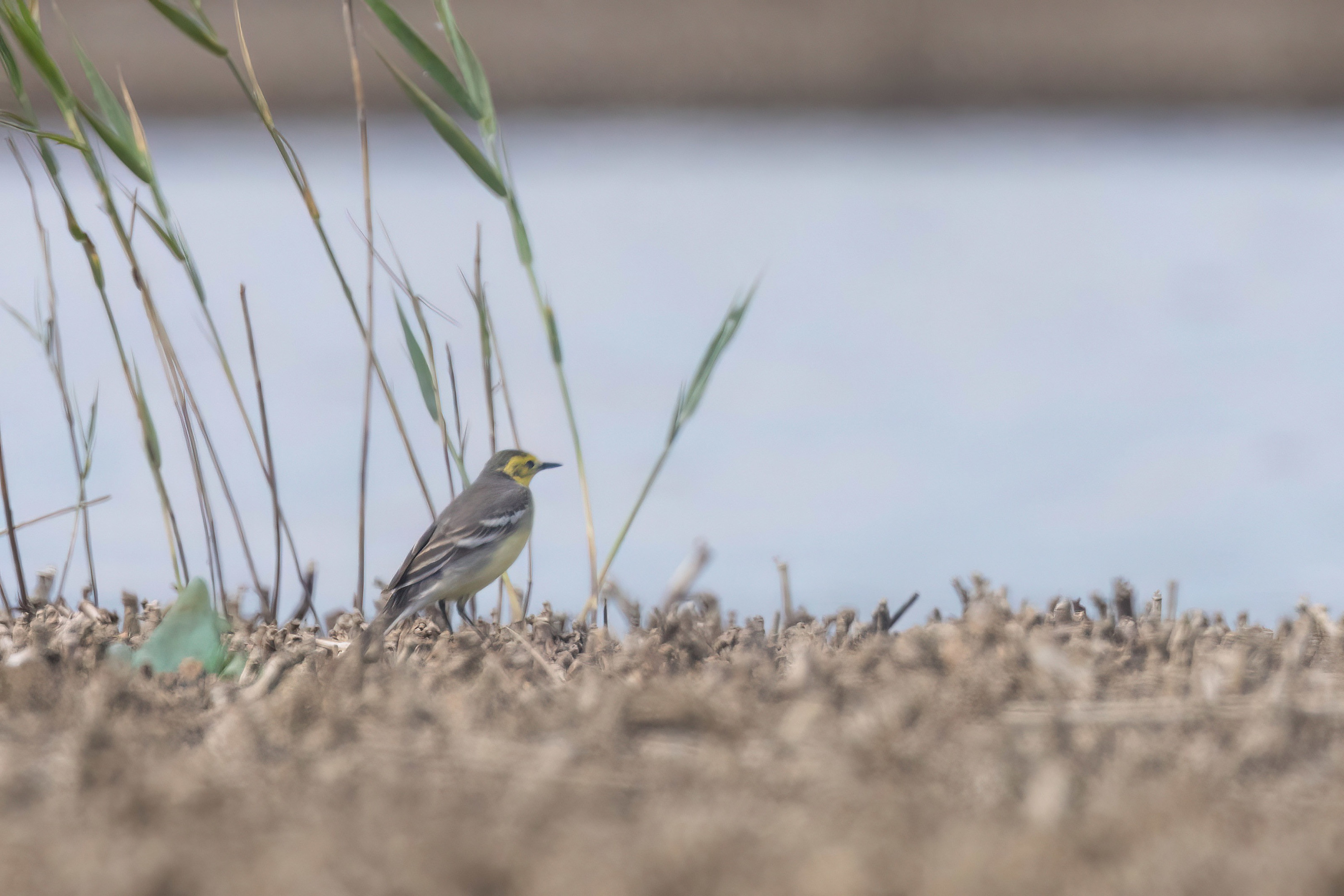
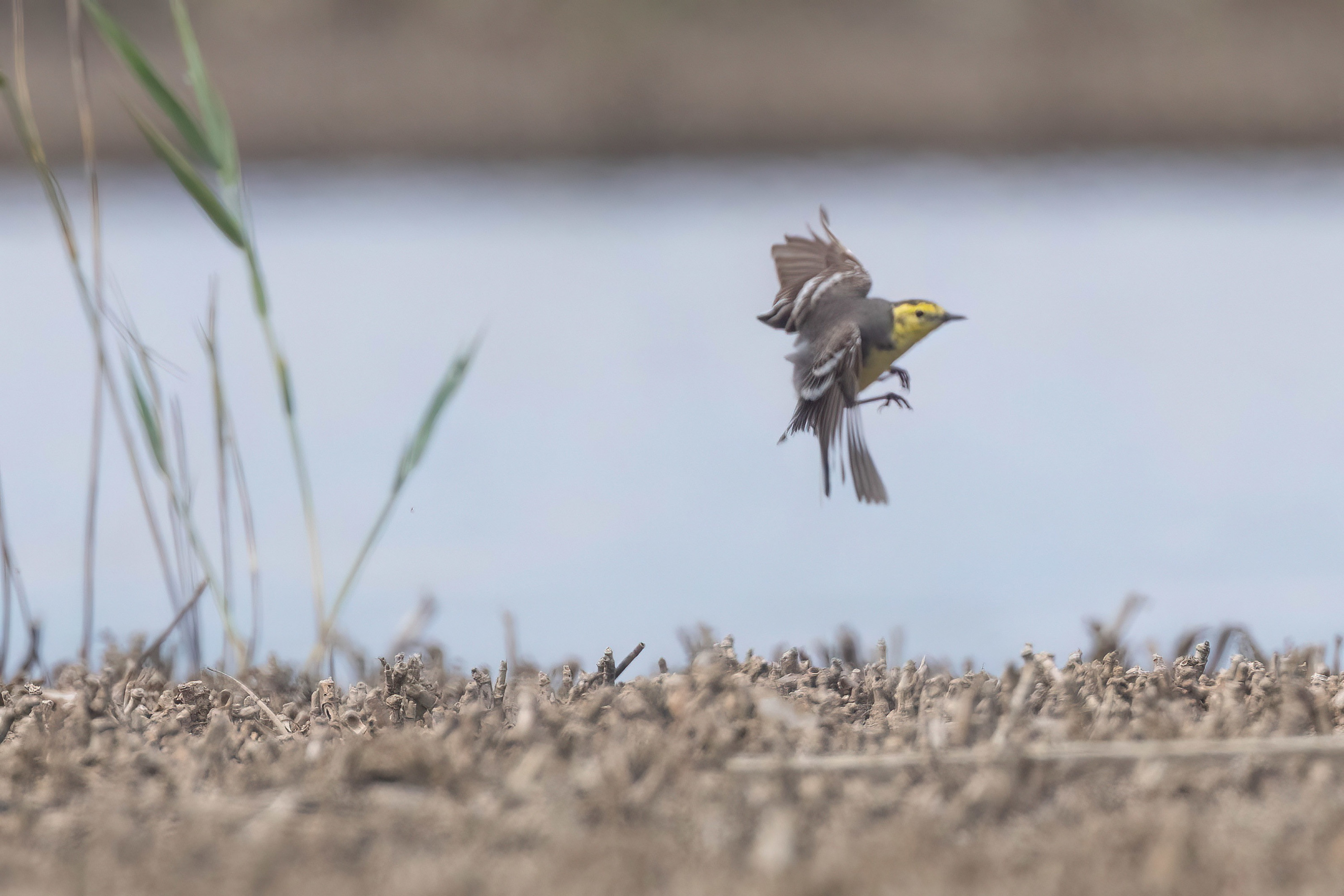
The non-bird highlight of the day was finding just my second Eastern Tree Frog, at about the deepest point we went into the marshes, before we turned back (the path has become very unkept and overgrown in the last few years). We had a little look for snakes, particularly Blotched Snake for which the site is good for, but had no luck. The only other herps of the day were 5 European Pond Terrapin.
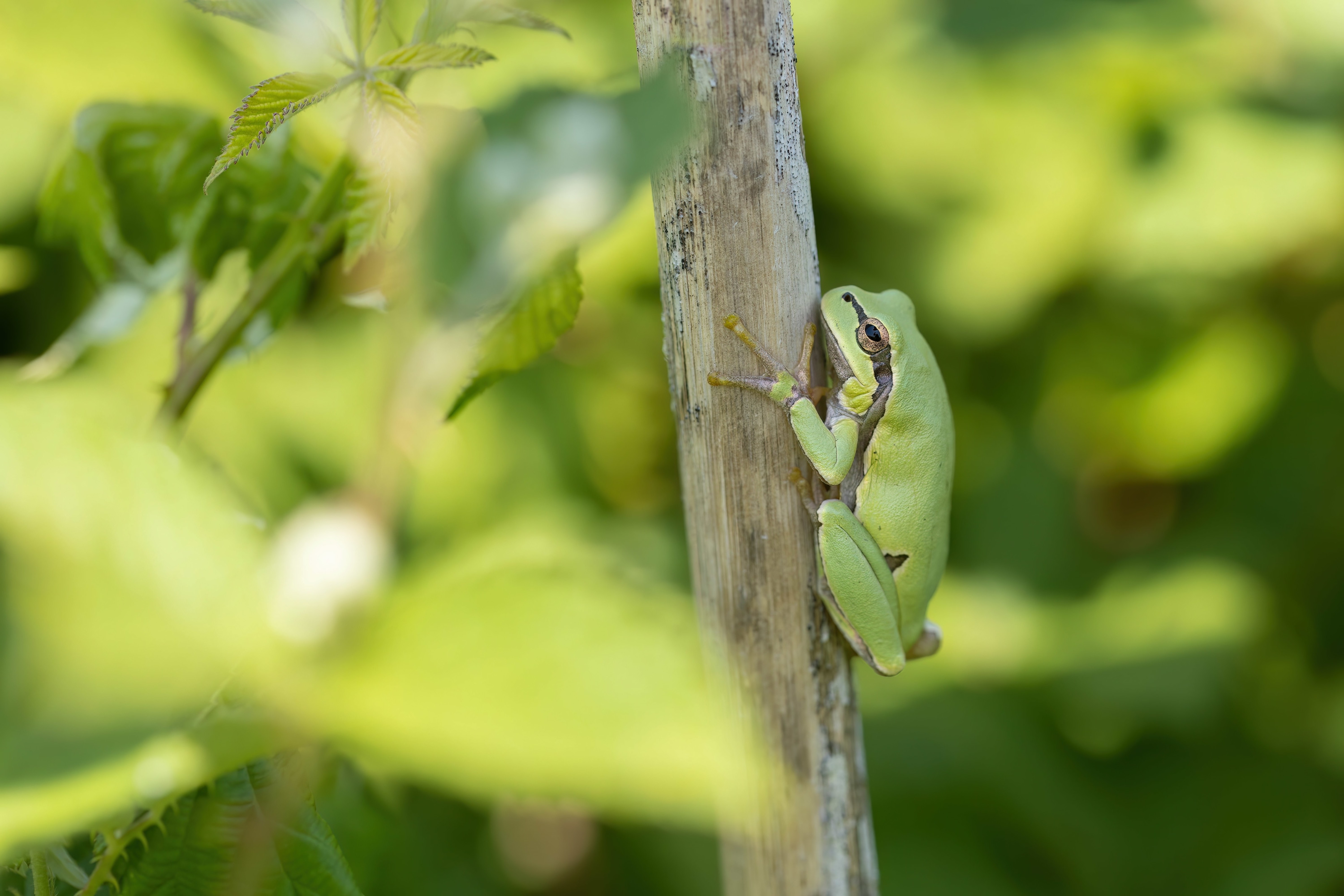
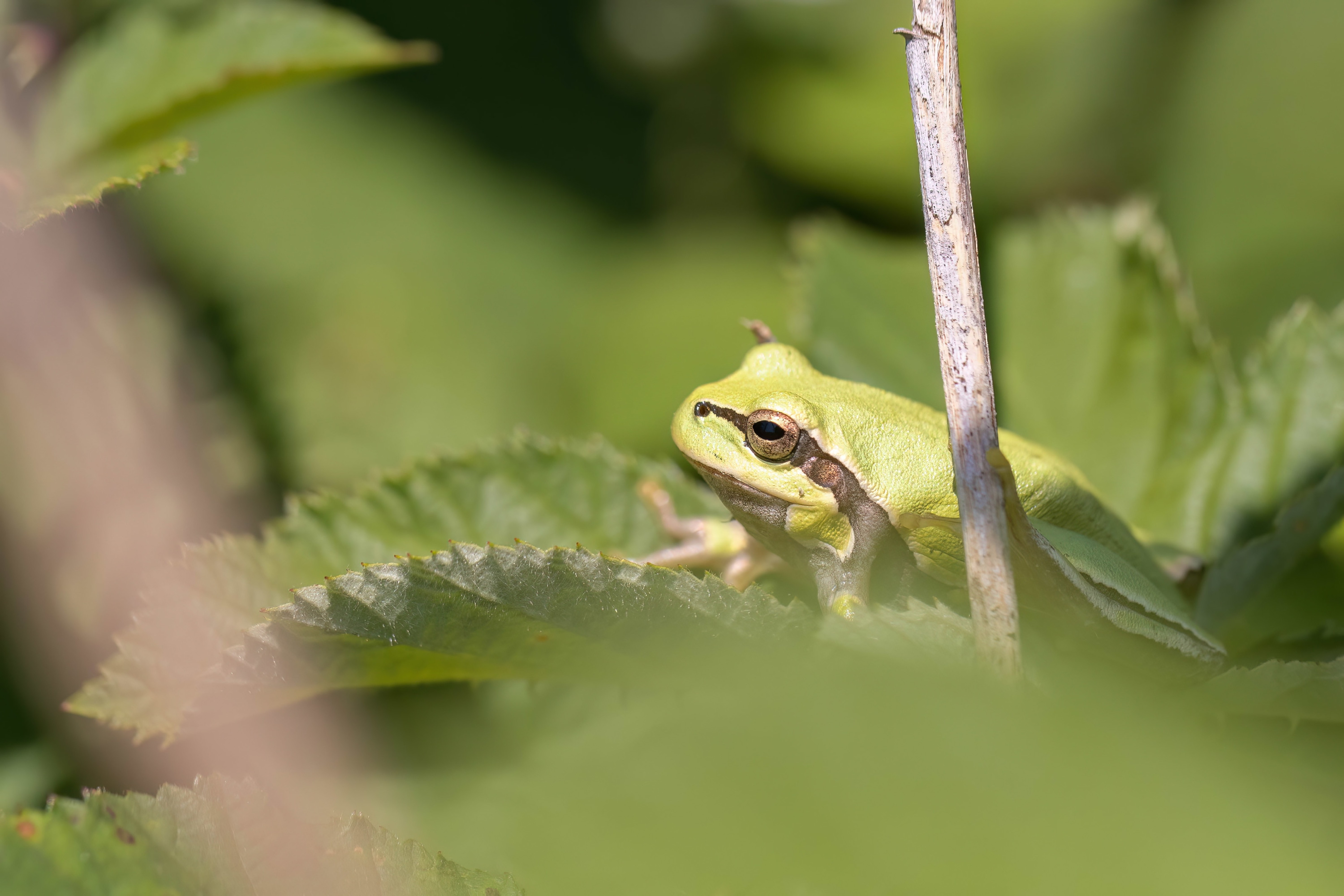
Butterfly species included Lesser Spotted Fritillary, Lattice Brown, 5+ Great Banded Grayling and Black-veined Whites, while moths included a Pale Shoulder and 5+ Feathered Footman. The most common Odonates were Broad Scarlet, Variable Bluet, Lesser Emperor and Green-eyed Hawker. There were also some Common Bluetail and Black-tailed Skimmers. I attempted, with a little success, to get flight shots of the two hawkers.
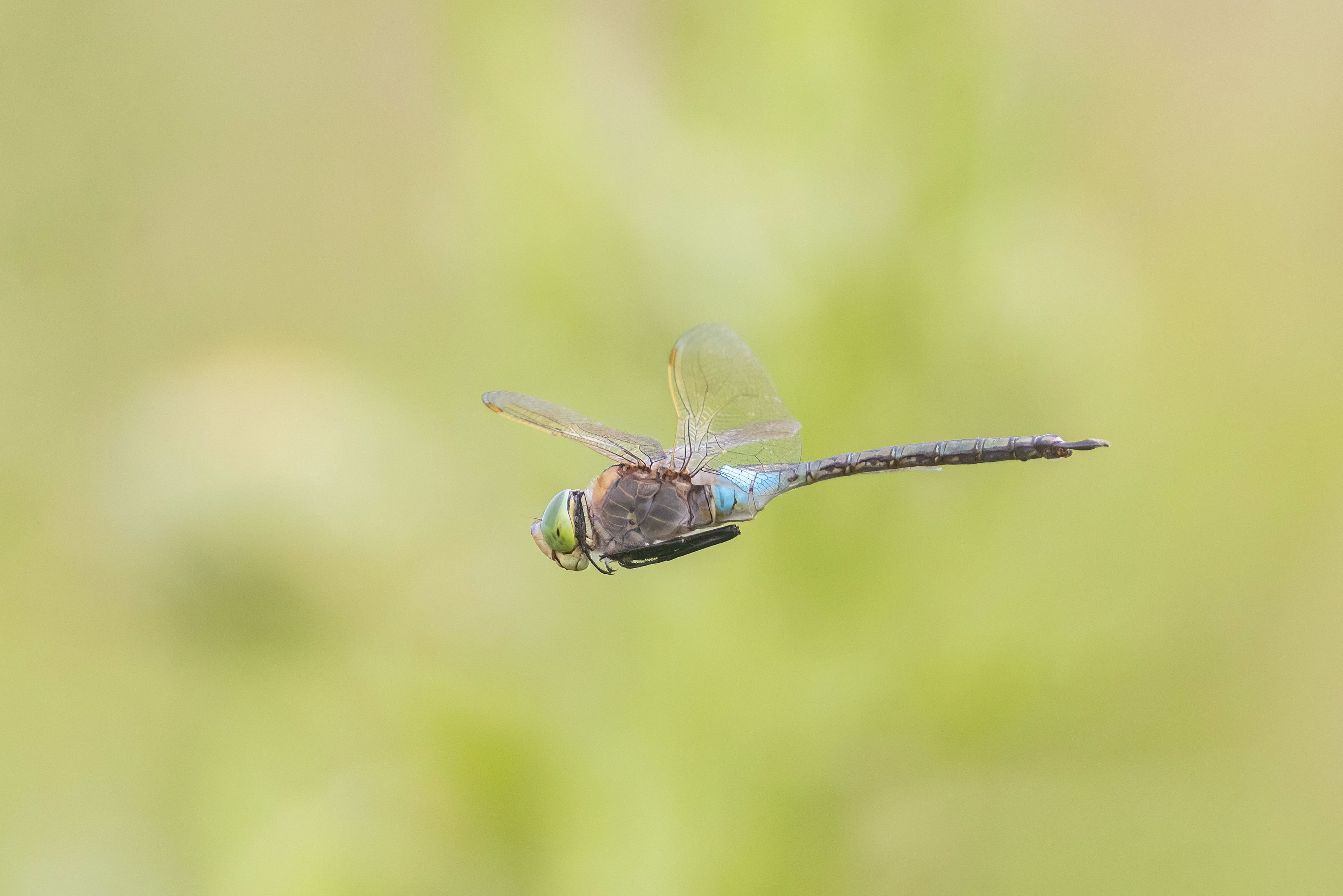
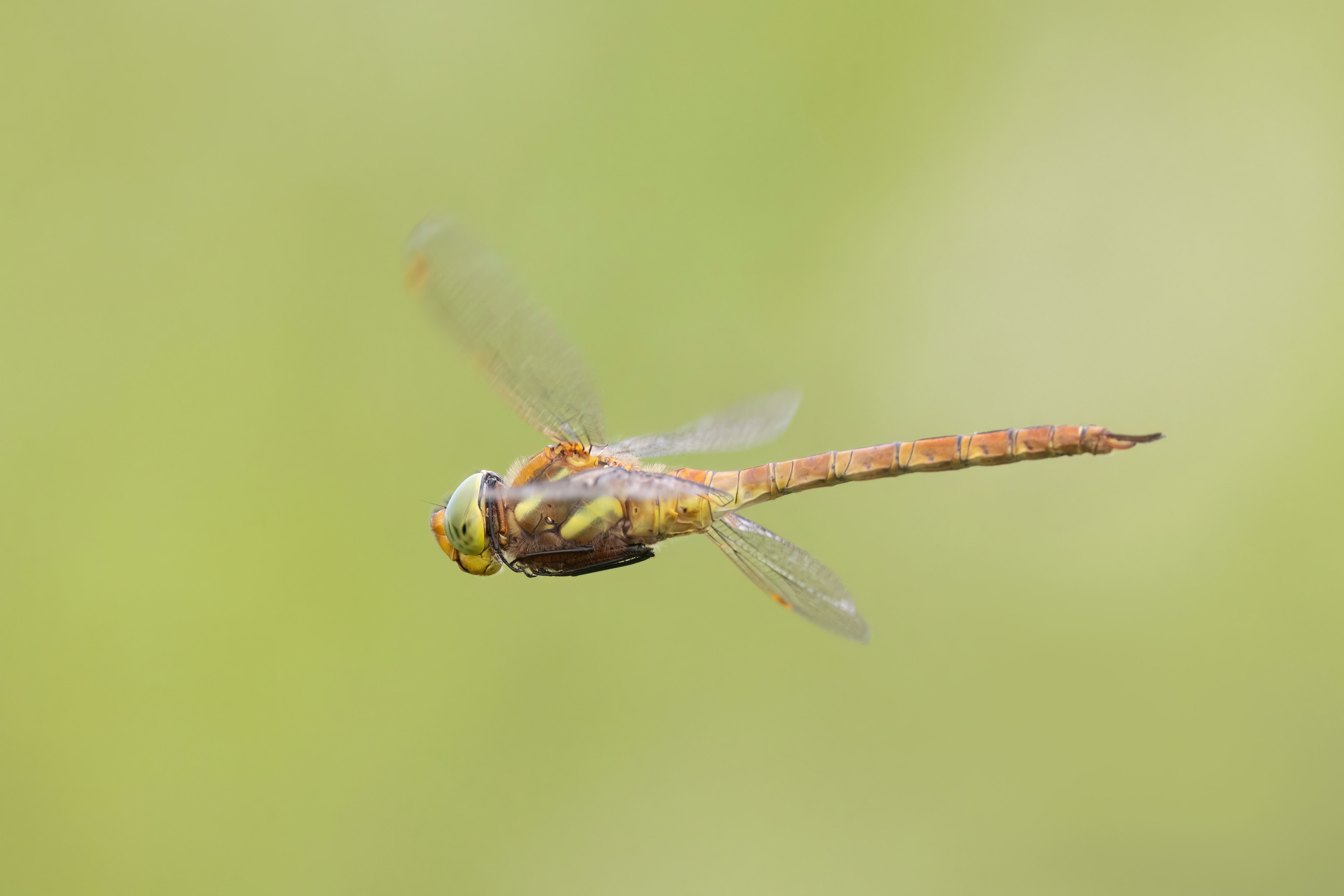
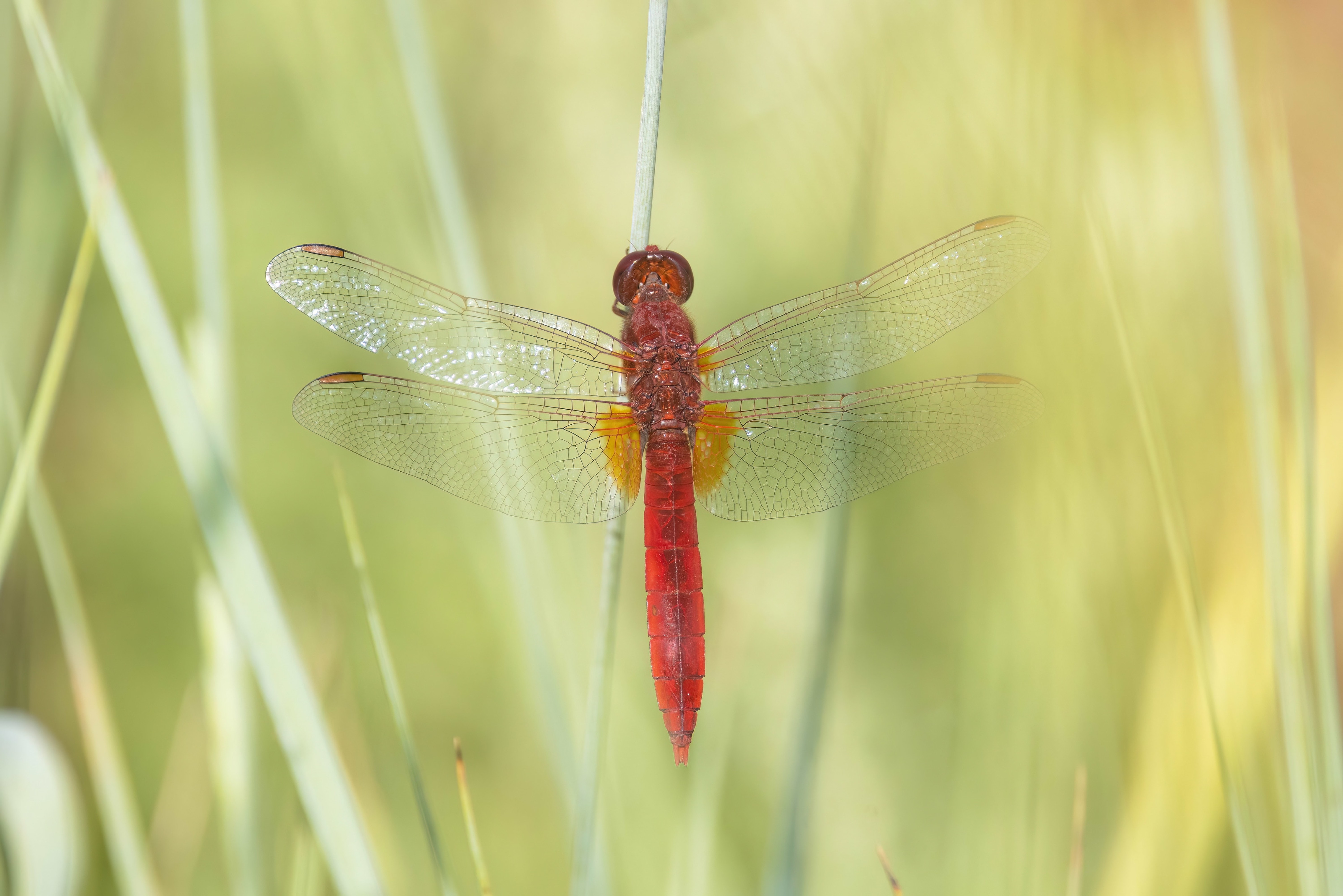
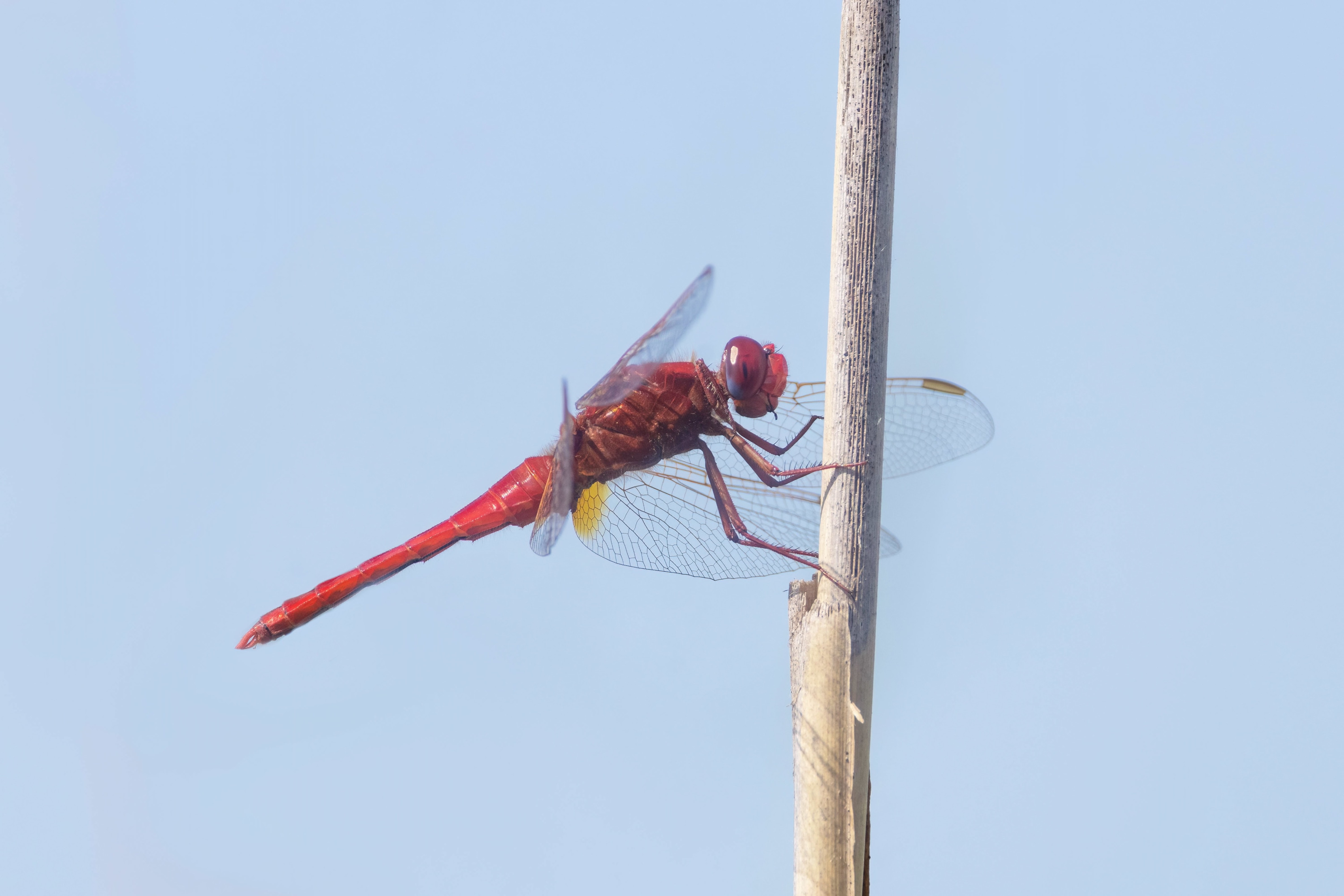
We finished our walk at 5:00pm, with heavy rain beginning to set in. By the time we had returned to Pomorie, it was no longer raining, and I had a good little evening session in some nice light, the results of the which will be in the next post.

No comments yet — leave one below: